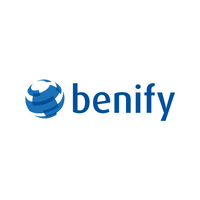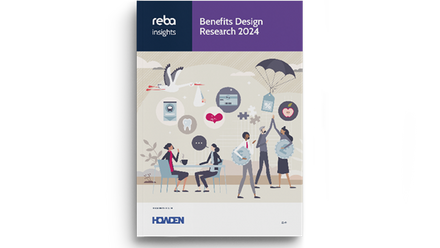Do employee benefits really create employee engagement?

As employees, enjoying work, utilising our strengths, feeling connected to company values and feeling that what we do matters, have all been shown to increase employee engagement and support retention.
Countless sources have also made the connection between employee benefits and employee engagement. Our Employee Happiness Index 2019, which surveyed more than 19,000 employees and HR leaders, found that those who are most satisfied with their total benefits offering estimate their own level of engagement to be 11.5% higher than the average participant, and 25.3% higher than those who are least satisfied. So, do employee benefits really create employee engagement? The answer is a resounding yes.
Benefits satisfaction and engagement
The results from our Employee Happiness Index not only highlight the link between employee benefits and employee engagement, but also demonstrates the proportion of employees who see themselves as ambassadors for their employer is 21.5% higher among those who are most satisfied with their benefits.
Findings from SHRM’s 2018 Employee Benefits Report found a similar connection to employee benefits and employee engagement. In SHRM’s survey on job satisfaction and engagement, 92% of employees indicated that benefits are important to their overall job satisfaction.
How employee benefits contribute to engagement
Offering employee benefits is a powerful way to show your employees that you support their wellbeing, inside and outside of work. Your benefits offering shows that you support the “whole person”.
Feelings of appreciation, being cared for and being seen all contribute to employees feeling connected to the organisation. And feeling connected to the organisation is paramount to employee engagement.
With multiple generations sharing the workplace today, it’s crucial that your benefits offering has “something for everyone”. By that, we mean that your benefits meet the needs of each individual and each generation.
Workplace benefits
In the war for talent, the value of a company’s benefits offering cannot be overstated. Gone are the days where employees go to work simply to collect a paycheque; today’s employees want more. With the average employee spending approximately 40 hours a week at work, employee benefits add extra value to those hours and give employees that something more.
As shared in our Employee Happiness Index 2019, subsidised lunches and free fruit and coffee are popular workplace benefits. In our study, food and beverage benefits are more appreciated than considered important, but when done properly, these benefits can add a sparkle to employees' everyday lives and encourage healthy eating habits at work.
The benefits of being flexible
Another highly appreciated benefit is a flexible work policy. Since we spend the majority of our waking hours working, allowing employees to adjust their schedules or work from home when needed is a benefit that every employee values.
From extra vacation days and paid parental leave to flexible working hours and the opportunity to work remotely, our study shows that working hours and leave is an important benefits category for all generations and industries.
A flexible work policy allows employees to attend personal obligations when necessary and, as a result, makes employees feel understood, respected and supported by their employer. For example, as a way to support flexibility and work-life balance, in addition to their regular vacation days, Adecco in the Netherlands offers its employees an additional 13 days a year, which employees can choose to have paid out fully, paid out in part, or take as vacation days.
Want to discover what benefits are most important and most appreciated amongst each generation? Download our Employee Happiness Index 2019 e-book.
This article is provided by Benify.
In partnership with Benify
Benify offers the market's leading global benefits and total reward platform.







